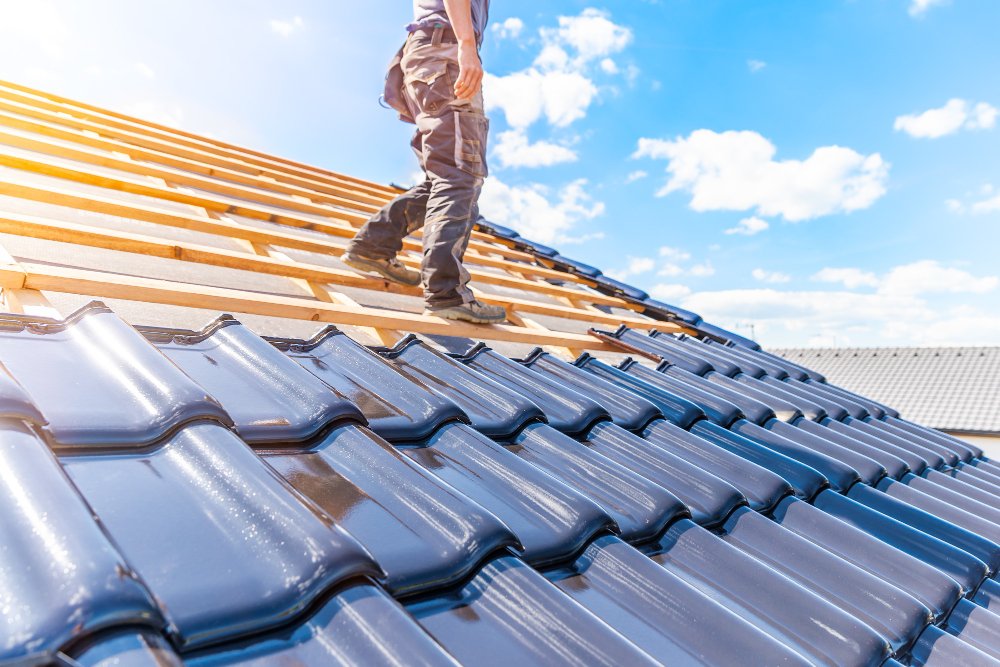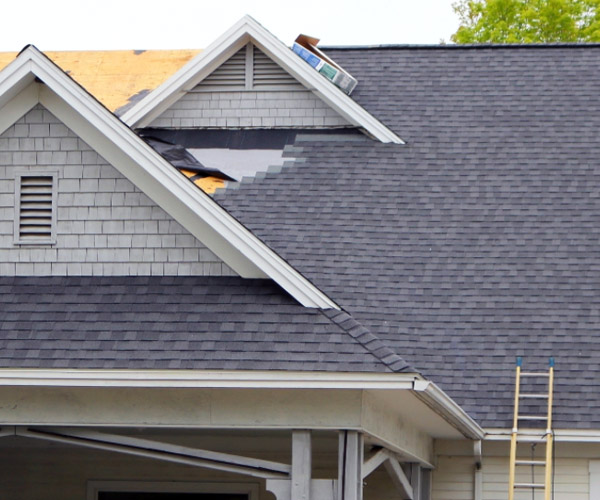Just How to Assess Different Roof Covering Options for Your Structure Demands
Assessing roof choices for your building needs a thorough approach that thinks about numerous elements such as the meant use of the structure, local climate problems, and material characteristics - Roofing Contractor. It is important to evaluate the advantages and disadvantages of different roof kinds, from asphalt tiles to metal and clay ceramic tiles, while also factoring in preliminary costs and long-lasting maintenance.
Analyzing Your Building's Requirements
To efficiently assess roof choices, start by thoroughly analyzing your building's needs. Beginning by thinking about the building's intended use, as various structures may require varying roof covering requirements. For instance, residential roofs often focus on appearances and insulation, while industrial structures may concentrate on resilience and load-bearing ability.
Next, assess the regional environment conditions that will certainly affect roof efficiency. Factors such as temperature level changes, precipitation levels, and wind patterns can influence product selection and design. A roof that succeeds in a pleasant environment might not do also in locations vulnerable to hefty snowfall or extreme warm.
Additionally, analyze the structural honesty of your building. Make certain that the existing framework can support the chosen roofing products, particularly if taking into consideration much heavier options. It is also important to evaluate any kind of regional building codes or laws that may determine particular requirements for roof.

Comparing Roof Products
Once a comprehensive evaluation of your building's demands has actually been finished, the next action involves comparing different roof covering products. Each material provides distinct benefits and drawbacks, making it important to align your selection with your certain demands and scenarios.
Asphalt shingles are extensively identified for their price and simplicity of setup, making them a preferred choice for household structures. On the various other hand, metal roof, understood for its longevity and long life, can withstand severe climate conditions but may include a greater initial financial investment.
Clay and concrete tiles give excellent thermal insulation and visual allure, specifically for Mediterranean-style design, yet they require a more durable structural support because of their weight. Wood trembles deal an all-natural appearance and excellent insulation homes but might demand extra upkeep and are susceptible to fire hazards.
Assessing Cost and Spending Plan
Evaluating your roof covering alternatives demands a mindful analysis of cost and spending plan considerations. The general allocate a roof project makes up a number of factors, including material expenses, labor costs, maintenance, and potential long-term cost savings. It is important to develop a clear budget before discovering specific roof materials, as this will lead the decision-making process and assist you prevent overspending.
Begin by obtaining quotes from several contractors to comprehend labor costs in your area. Make certain that these price quotes consist of all necessary solutions, such as elimination of the old roof, setup, and any type of added functions, like insulation or air flow renovations - Roofer. Next, assess the cost of numerous roof materials, considering both preliminary installment costs and expected life-span

Recognizing Power Performance
Power efficiency plays see this a crucial function in the option of roof covering products and systems, significantly impacting both power intake and general convenience within a building. An appropriate roof can improve thermal efficiency, minimizing the demand for heating and cooling down systems, which subsequently lowers power bills and minimizes environmental impact.
When assessing roofing choices, take into consideration products that mirror instead of absorb heat. Light or reflective roofing items can substantially lower roofing system surface temperatures, bring about reduced power use throughout warm months. Furthermore, correct insulation and ventilation are vital to optimize the energy performance of the whole roofing system. Insulation avoids warm transfer, while air flow reduces warm buildup in the attic area.
One more essential variable is the roof covering system's durability and maintenance demands. Durable products that require less frequent substitute add to long-term energy savings. The energy efficiency of a roof covering system can likewise be evaluated via its conformity with well-known sustainability scores such as Power STAR or LEED.
Taking Into Consideration Visual Allure
A roof covering's aesthetic charm dramatically affects the overall look of a building, matching its building style and enhancing curb allure. Roofing Contractor. When assessing roof covering alternatives, it is vital to think about exactly how the chosen product, shade, and design will balance with the existing framework and neighborhood. A well-designed roofing can raise even the easiest of buildings, changing them right into aesthetic focal points
Various roofing products use different visual high qualities. Traditional roof shingles might stimulate a timeless beauty, while steel roof can give a modern-day, sleek look. In addition, the color of the roofing product plays an important function; lighter tones can make a building show up more her response large, while darker tones might create a cozier atmosphere.
Furthermore, architectural aspects, such as dormers and eaves, can enhance the roofing system's visual influence. It is suggested to talk to expert designers or designers to ensure the picked roof choice lines up with the general style intent. Eventually, a roofing system must not only offer practical benefits yet also contribute positively to the structure's aesthetic, reflecting the proprietor's taste and the character of the surrounding environment.
Verdict
